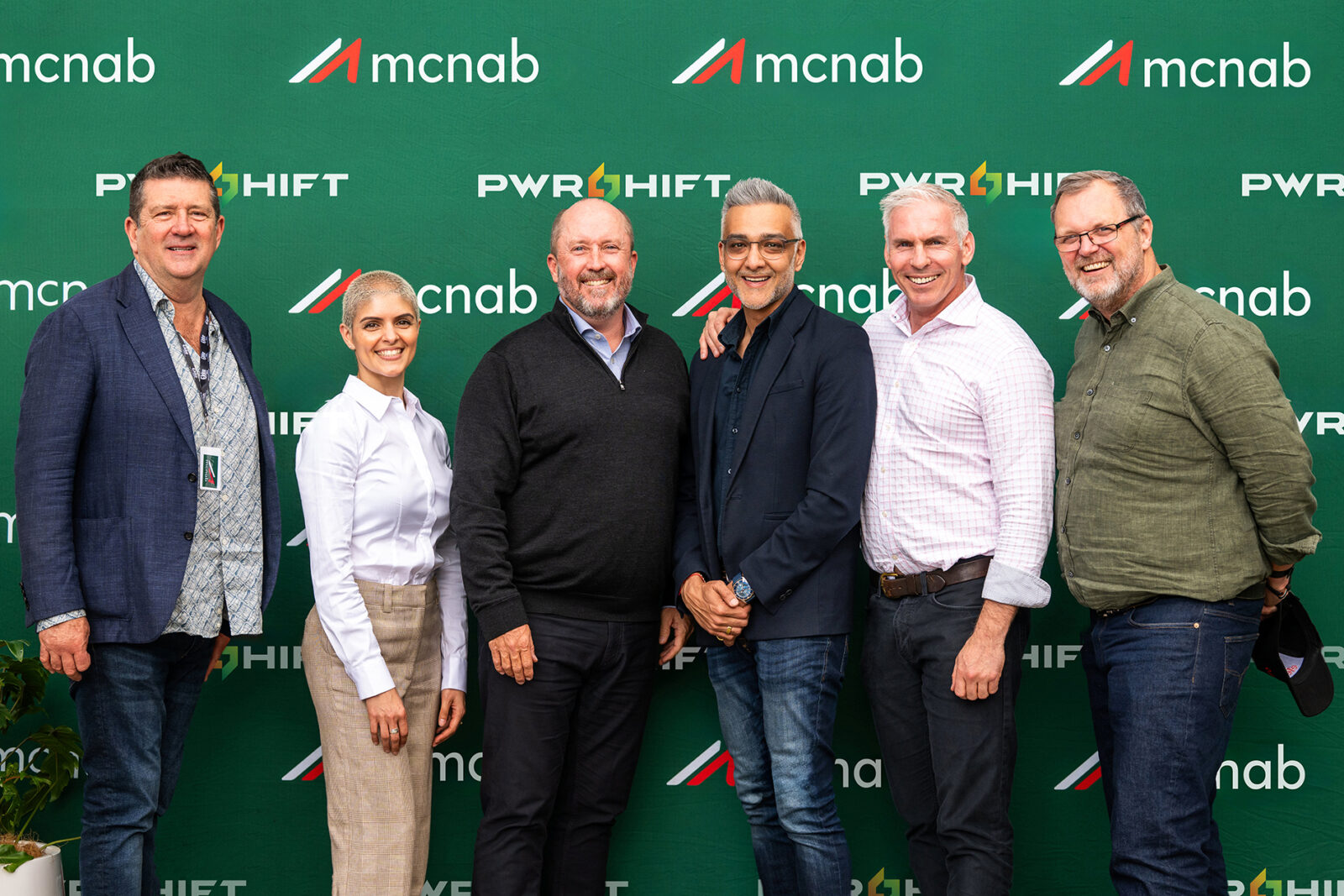
It is fantastic to read about the recent first-of-its kind international alliance between green building organisations from the UK, US and Australia who have come together to unlock finance for sustainable buildings.
This partnership, instigated by global leaders from The Building Research Establishment (BRE), the US Green Building Council and the Green Building Council of Australia is a powerful step towards standardising sustainable building practises and securing the finance to widen adoption around the world.
Interestingly, over 640,000 buildings globally are already certified under the standards, which demonstrates the growing demand for sustainable construction. The financial guidance outlined will be instrumental in bridging the gap between environmental responsibility and real-world implementation. Tools such as green loans and scaling recommendations will allow developers to get a return investment both financially and ecologically.
The UKGBC’s guidance on measuring carbon emissions is another critical piece of the puzzle. Duraproducts has been in the green game for over 20 years now and we, like them, see a large, overlooked area- building materials and construction processes. It has taken us two decades to get recognition for recycled materials in Series 1100 – Kerbs, Footways, Cycleways, and Paved Areas (Clause 1118 – Polymeric Kerbs, Islands, and Lane Separators) within the Manual of Contract Documents for Highway Works 2021 (MCHW). Creating transparency for project and product carbon emissions will allow stakeholders to make informed decisions around minimising their environmental footprint from cradle to grave while being aligned to industry standards required by contractors and local authorities.
This is a true cause for celebration in our industry. Collaboration, standardisation and derived measurement tools will help close the loop on a circular economy for the construction industry. It truly is a future the industry should get behind.






